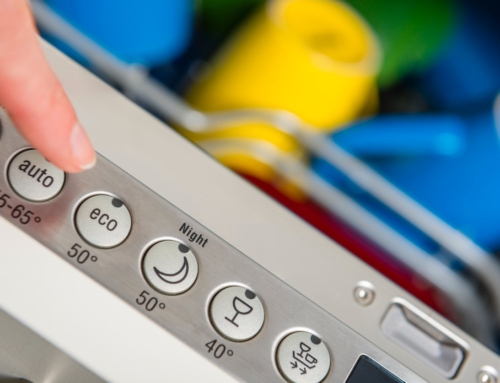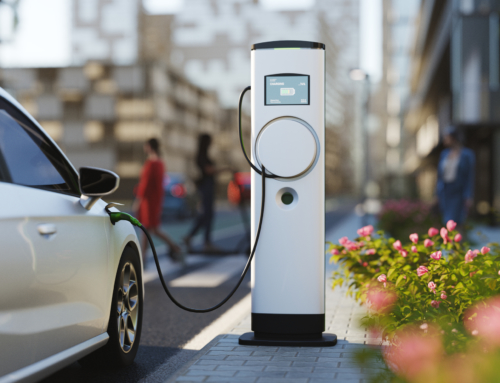Just recently, on January 24, 2019, General Motors announced a $22 million investment in its Spring Hill, Tennessee facility. But this money isn’t for ordinary upgrades or expansion; it’s to be focused on building more technologically advanced, fuel-efficient V8s.
V-8 engines have long been known for their insatiable thirst for fuel. This announcement seems to be an extension of an earlier investment of $300 million to build a new 3-row SUV. GM’s other full-size vehicles, such as the GMC Sierra and Chevrolet Silverado 1500 pickups, are already made with advanced fuel efficiency technology. This allows the engine to adjust which cylinders are firing—in 17 different patterns based on the demands of the engine and the driver. When 8-cylinder power is required, all of them burst into action. But for average driving around town, the trucks run on fewer cylinders to save gas.
An investment such as this should be welcome news for Americans, whether they plan to buy these vehicles or not. This announcement indicates the commitment of U.S. automakers to continue to innovate and improve fuel economy. Of course, this is great for consumers, who will end up spending less on gas, even in larger vehicles they may require for work and family needs. But perhaps even better, this move shows that strides are and will continue to be made to lessen the environmental impact of vehicles that traditionally have never been the most fuel-efficient cars.

Photo Credit: yucelyilmaz
Fuel Efficiency & American Automakers
Back in 2012, the U.S. Department of Transportation (DOT) and the Environmental Protection Agency (EPA) worked with the State of California (who had won the right to legally implement their own fuel efficiency standards) to establish some ambitious standards for fuel efficiency for both new cars and light trucks. These standards are to be fully implemented by the year 2025. Having been agreed to by all parties, these standards apply not just to California, but the rest of the country for a single set of regulations.
Fuel economy standards were put in place to help facilitate further investment into America’s auto industry. They were meant to foster new innovation and boost the competitiveness of American cars. The new standards also established a structure of regulations meant to help balance the costs of production with environmental impact.
It appears that the new standards have worked as planned. With new stabilization and a single set of regulations for fuel efficiency, America’s auto sector has seen an employment boost of 50 percent over 2008 levels. This is partially due to the investments being made in technology that allow automakers to meet or exceed current fuel efficiency standards.
Keeping a Watchful Eye
In March 2017, the United States made plans to amend the 2012 fuel economy standards currently set to take effect between 2022 and 2025. There was room in the legislation for a midterm evaluation and adjustment of the standards to ensure they were still on track. But news reports have claimed that the federal government is actually considering freezing the standards agreed to in 2012, rather than implementing them.
Despite the rumblings, there are good reasons for the government to keep at least some of these standards in place.
- Automakers have already invested in upgrading and retooling facilities to meet the 2012 legislation.
- Automaker suppliers and the automakers themselves have already designed cars and tools needed to meet those standards while turning a profit.
- Backtracking to two different standards—one for the U.S. and one for California—seems like a regulatory mess that could not only result in a legal battle.
Hope for the Future of Fuel Efficiency
We will continue to watch the regulatory developments for an acceptable compromise between federal agencies and the state of California. But as we do so, we find optimism in the efforts of automakers to increase fuel efficiency. A 22 million investment by a large company is a good indicator that automakers are taking notice of the economic and environmental concerns of Americans.




![Top 11 Sustainable Building Practices for Eco-Homes [Plus 5 Sustainable Materials]](https://springpowerandgas.us/wp-content/uploads/2023/02/iStock-181062267-500x383.jpg)

